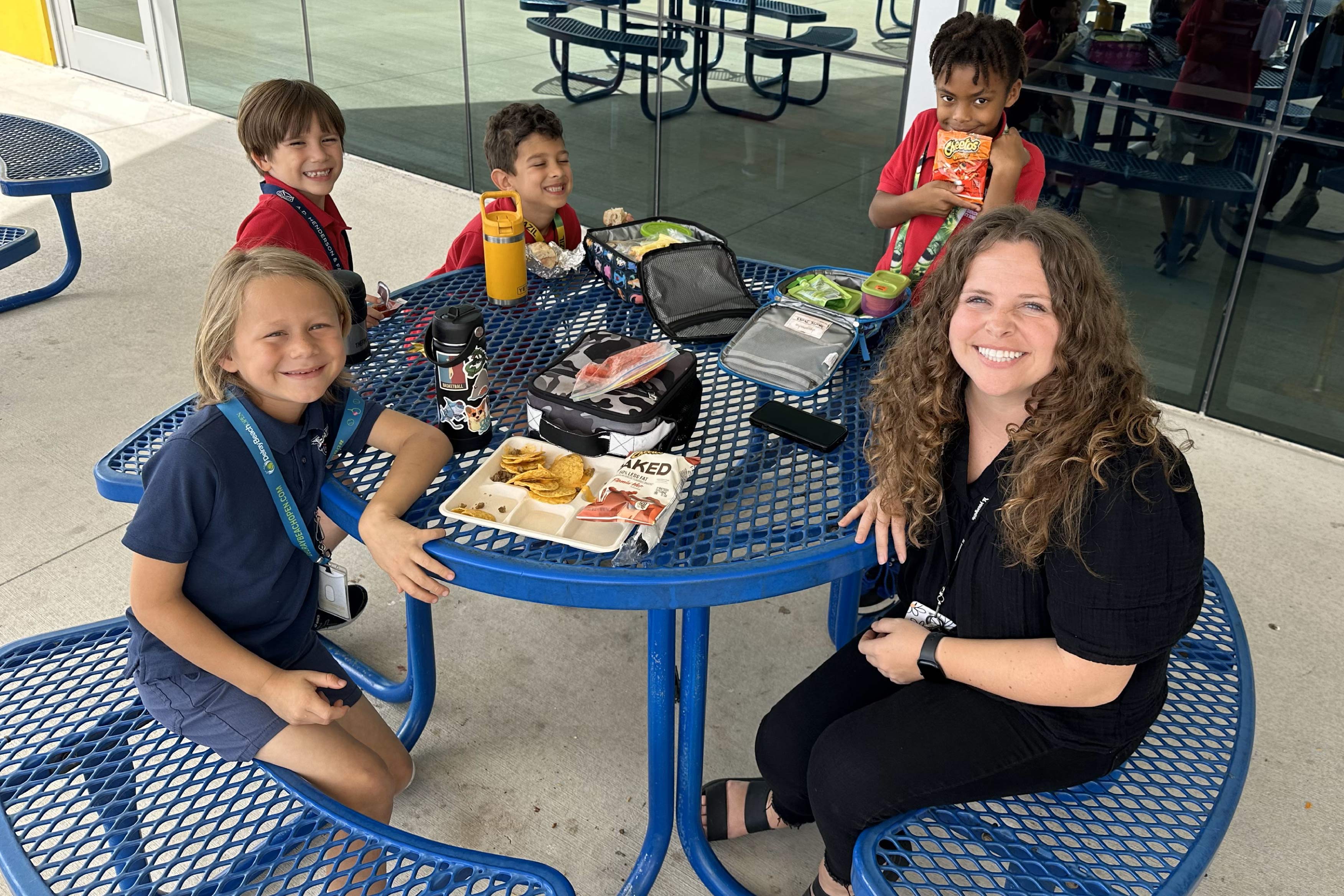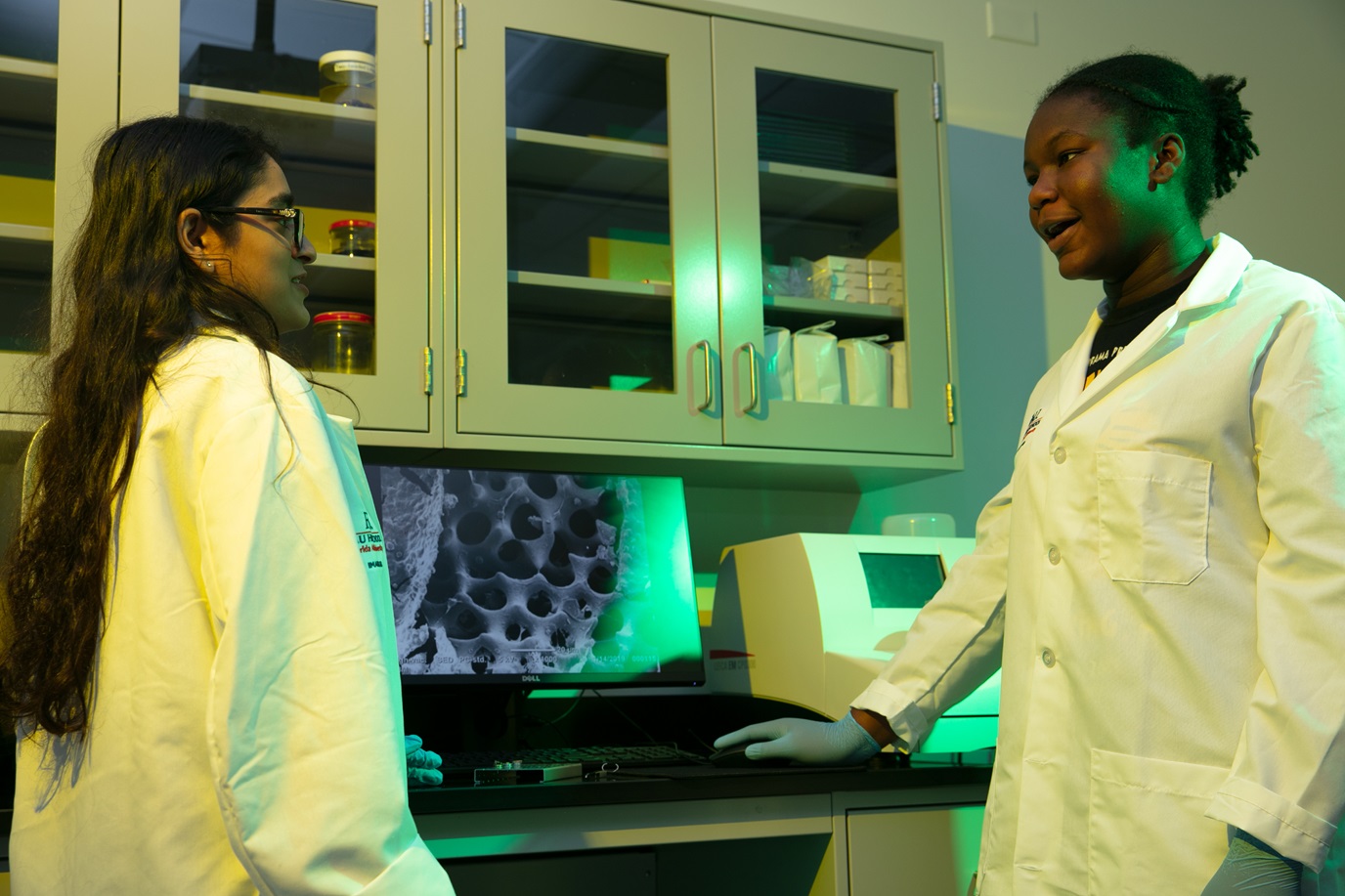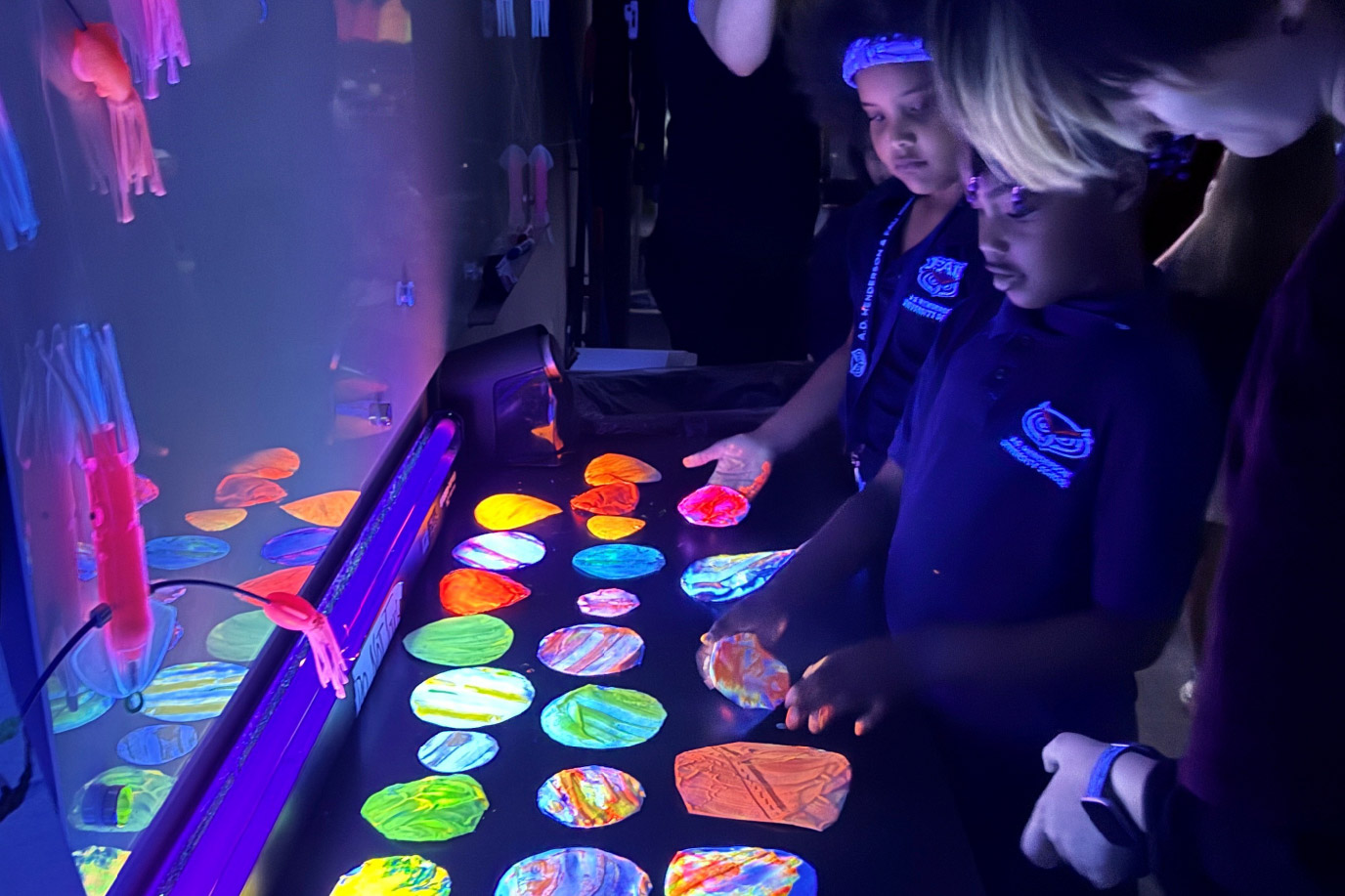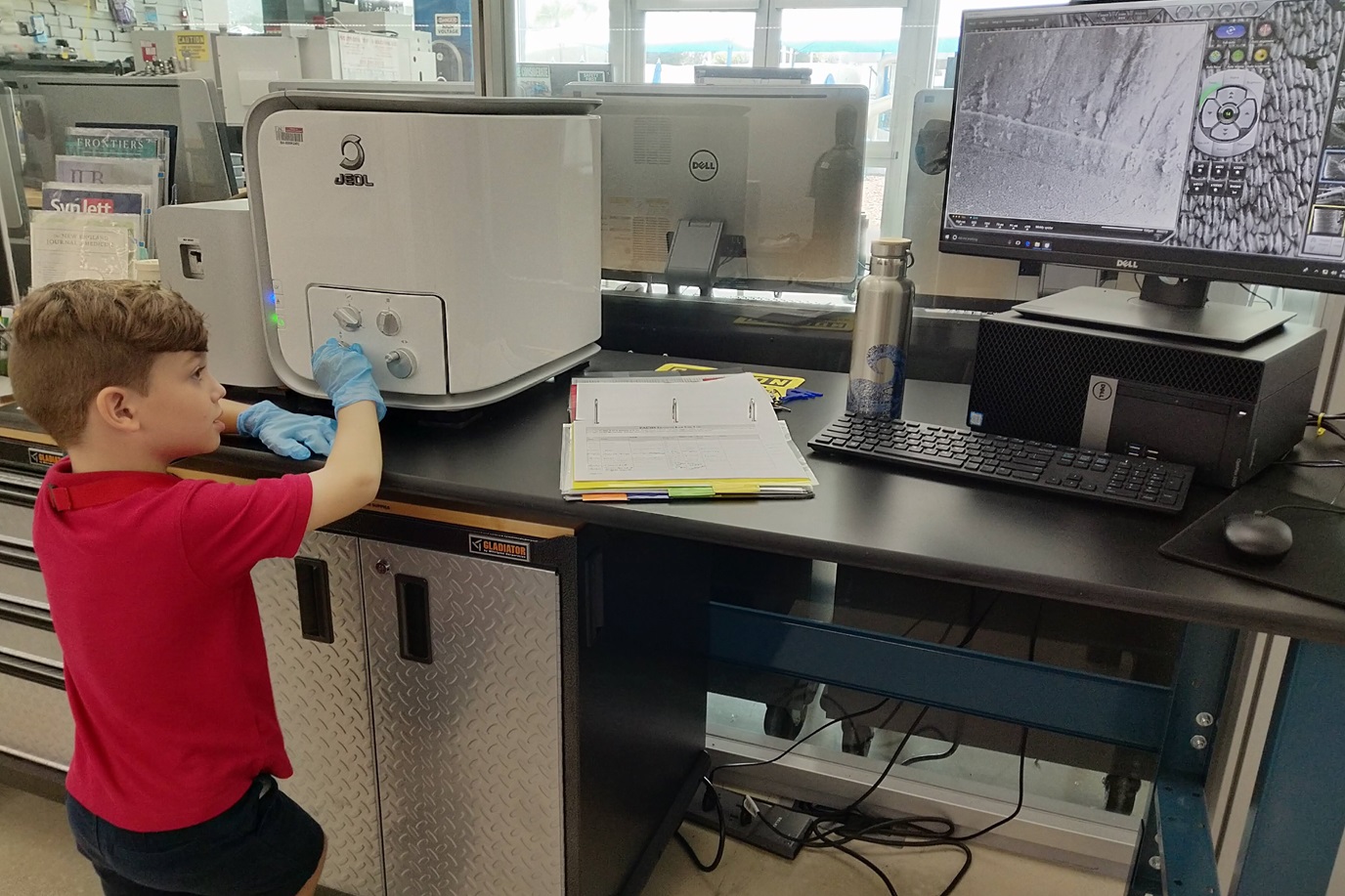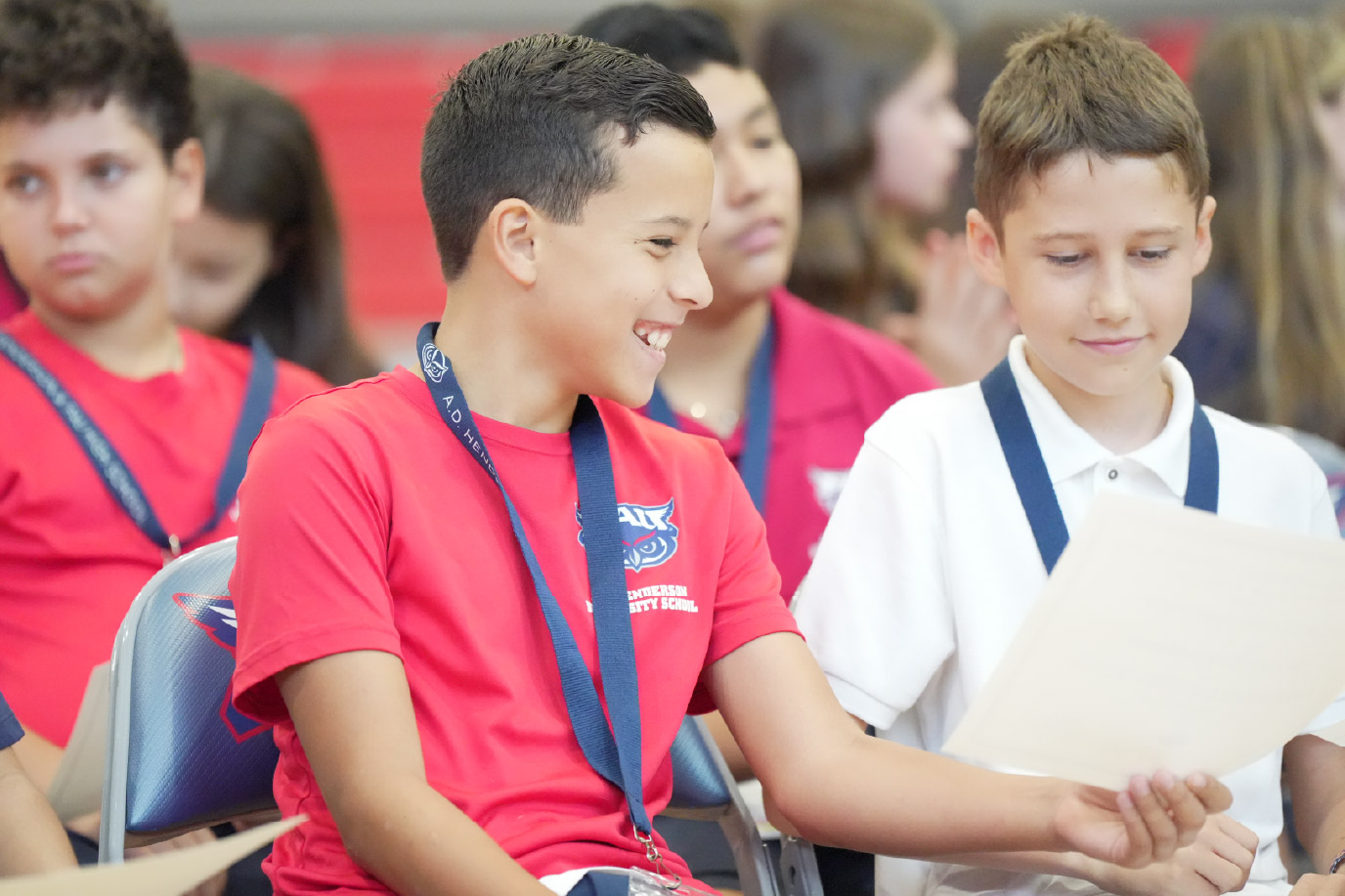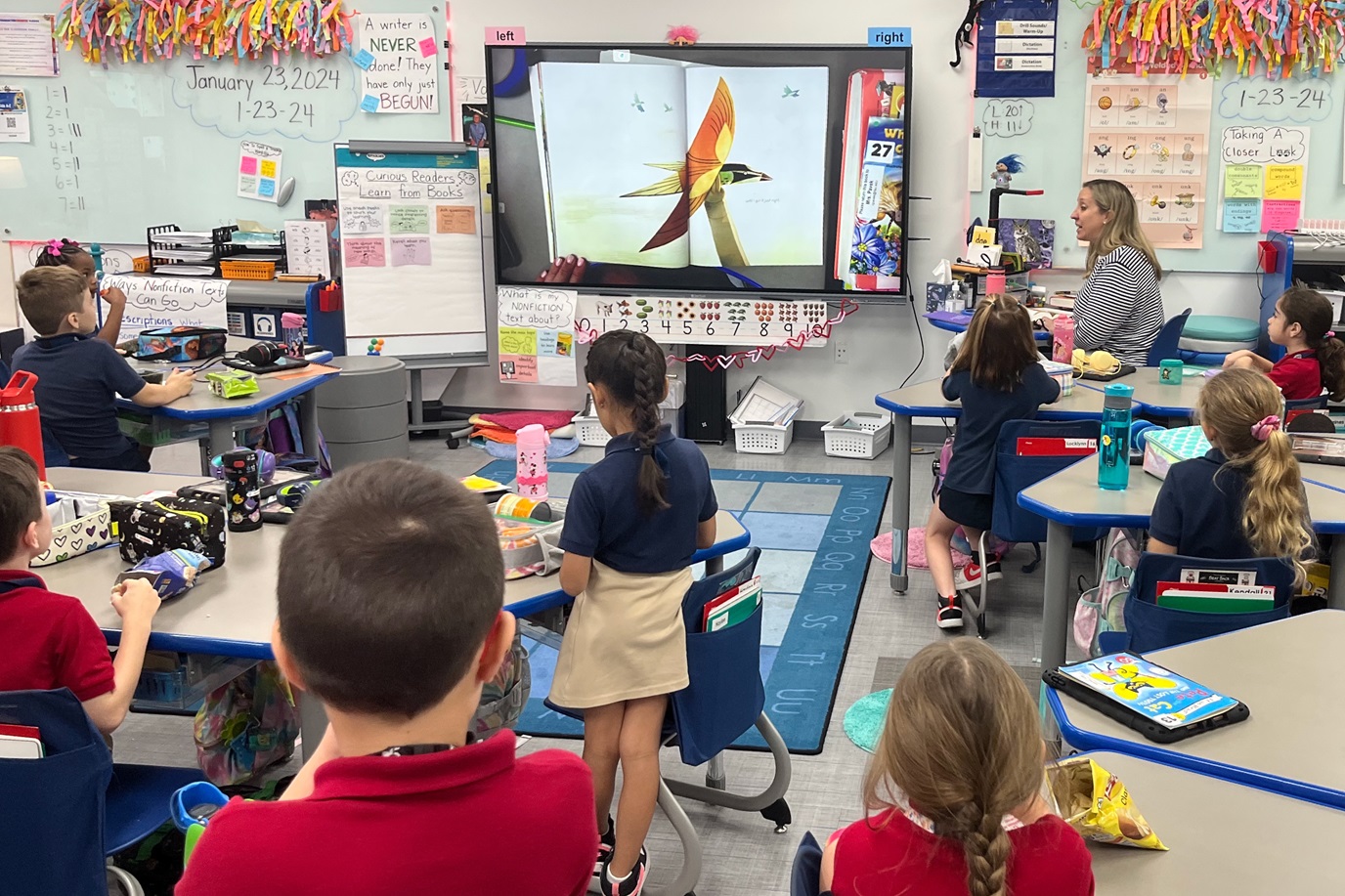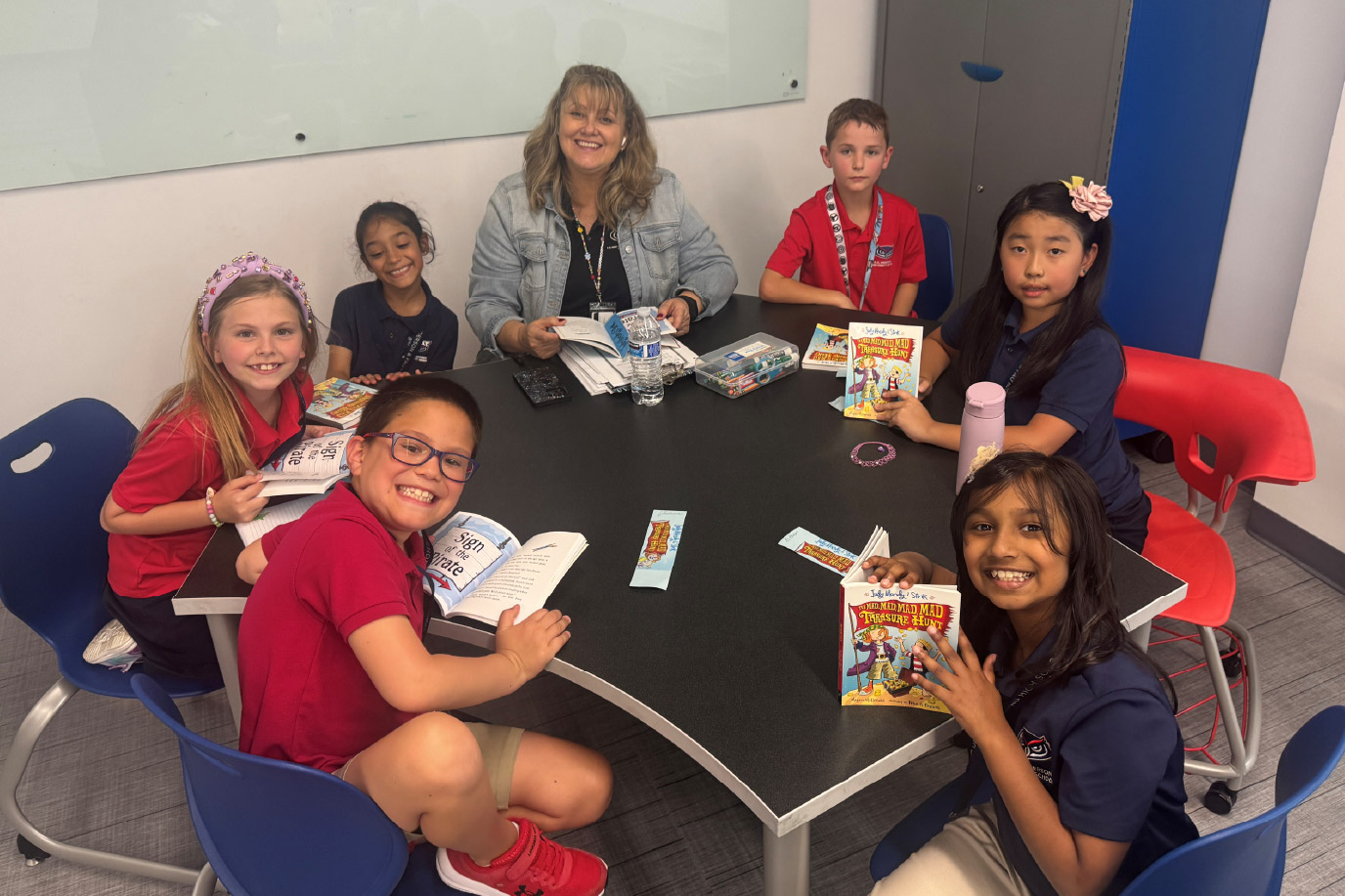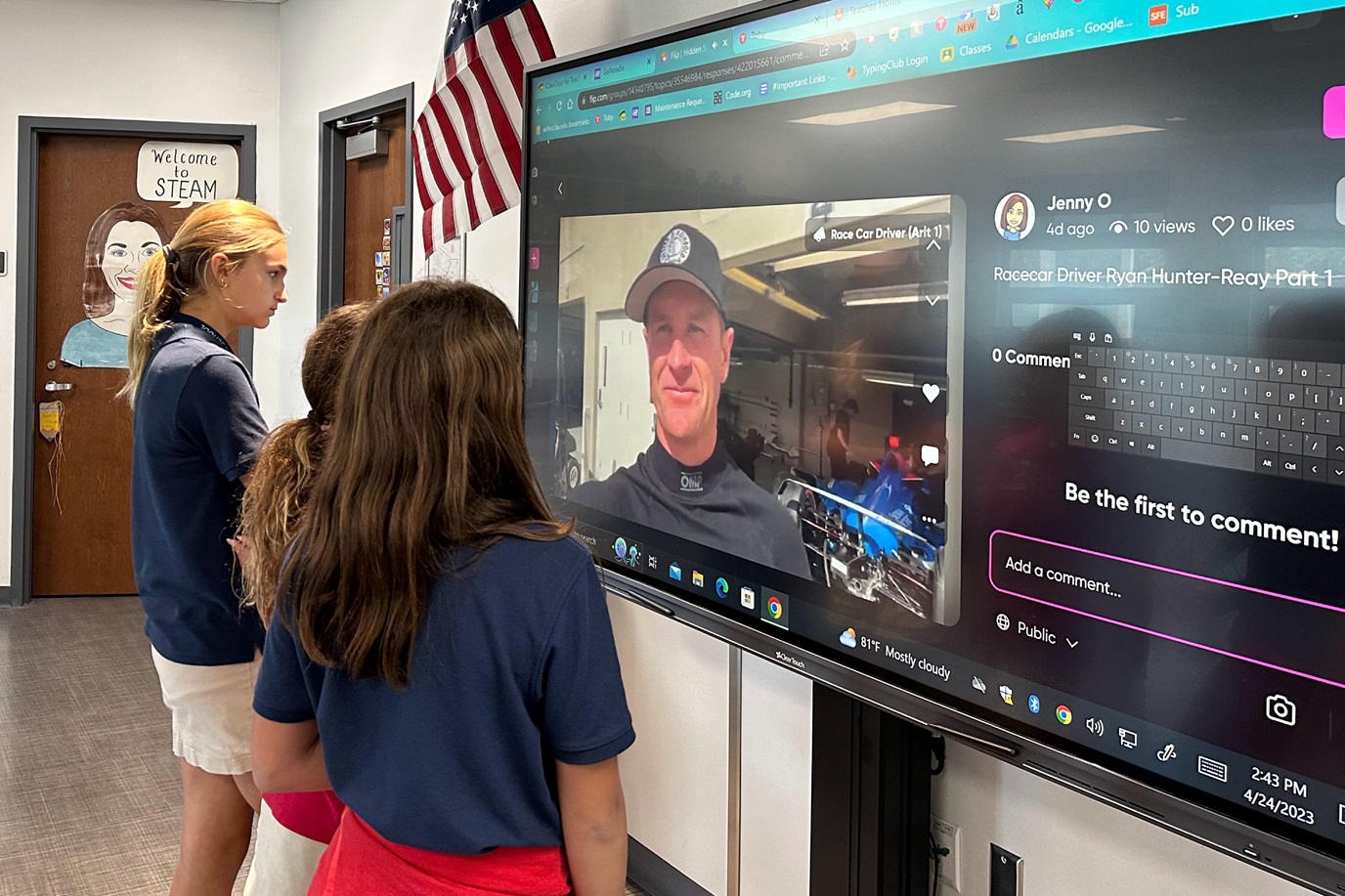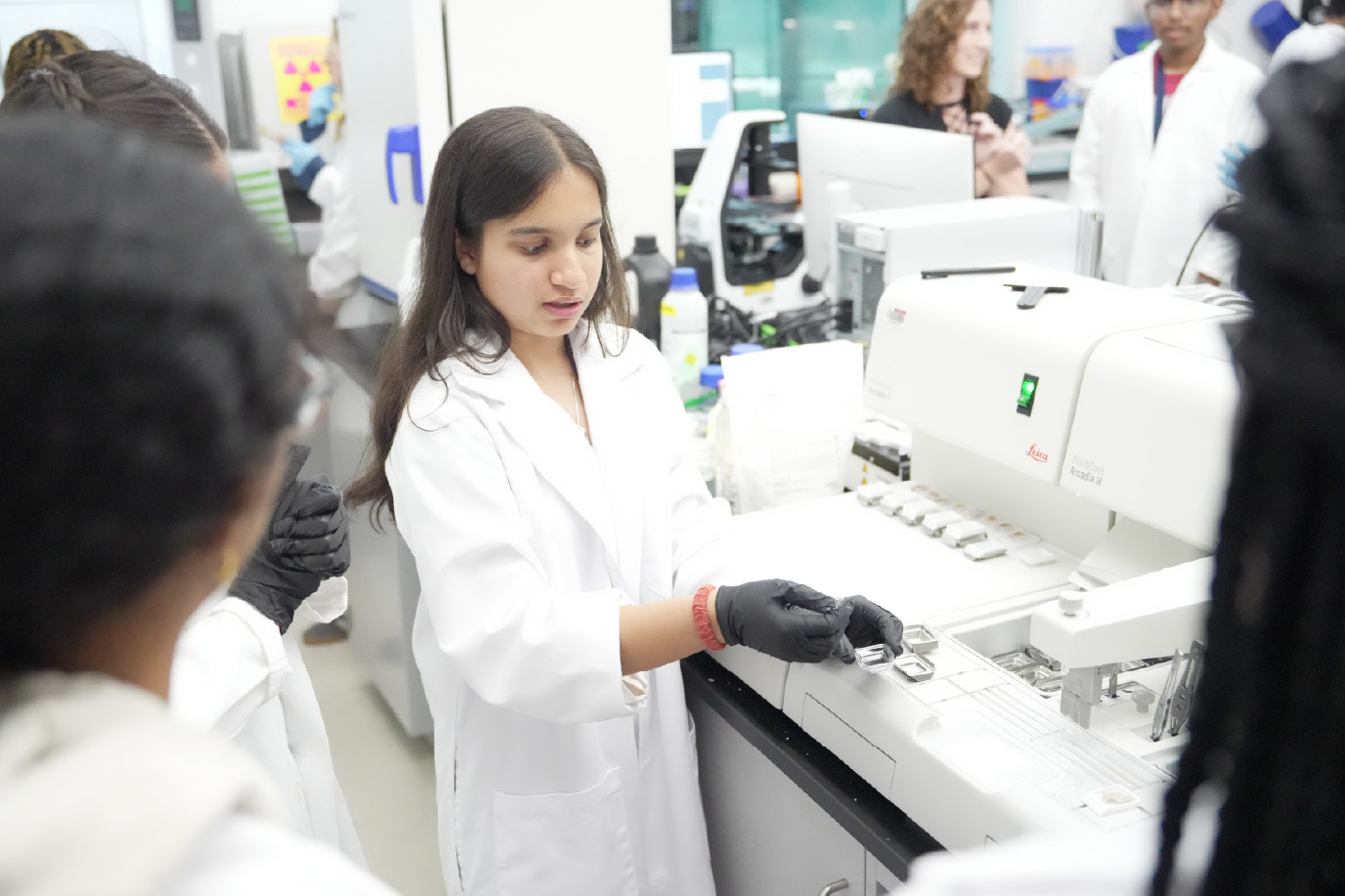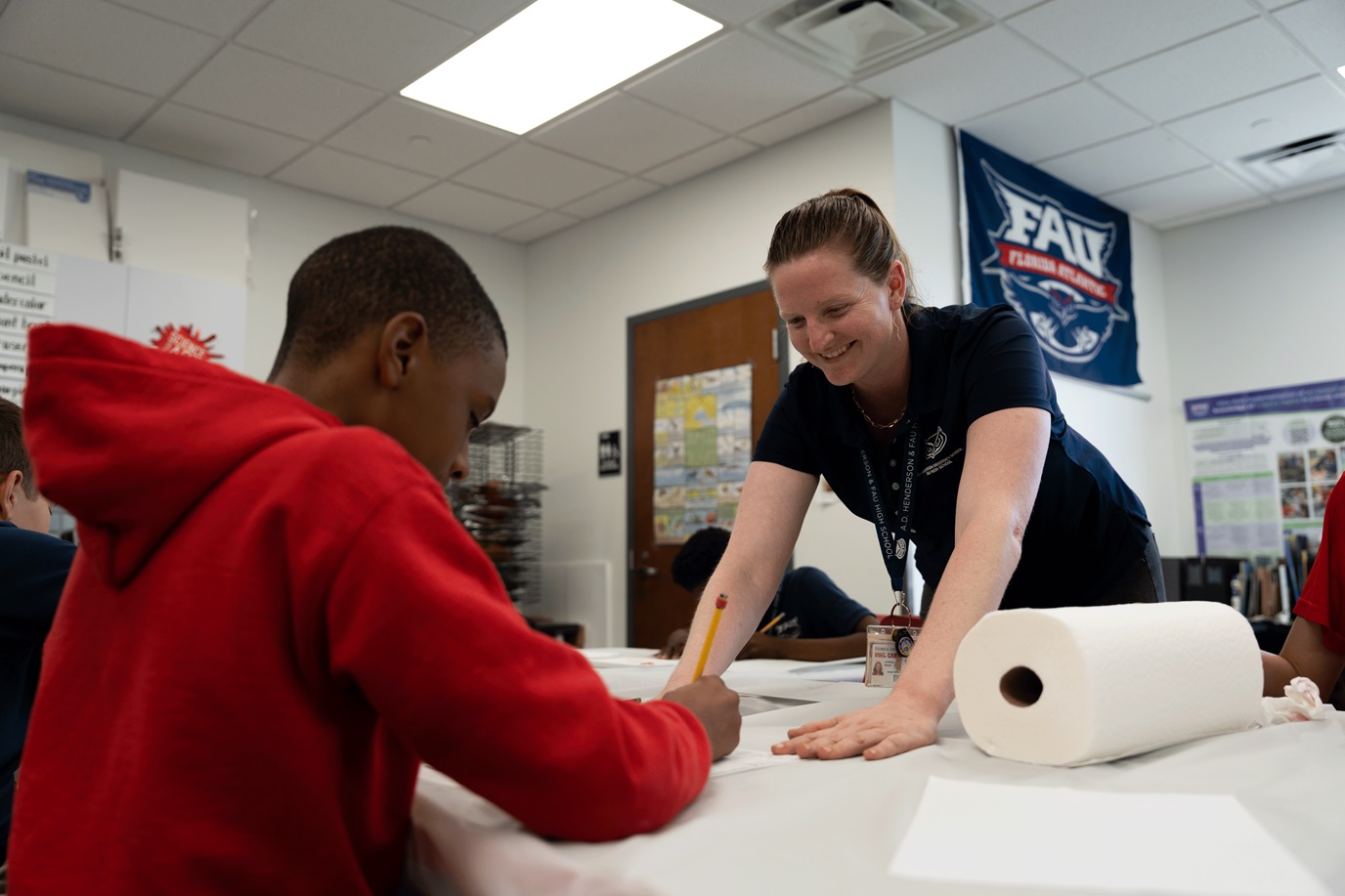FAU Lab Schools Teacher Research
Adolescents are faced with a wide range of stressors including academics, social pressures, extracurricular, and employment. These stressors are dealt with at home, at school, with friends, and online.
To counteract these challenges and shift towards a more proactive counseling model, the implementation of "minute meetings" – brief, individualized proactive emotional check-ins – becomes imperative.
Gaining a better understanding of the depth and breadth of the S.T.A.R. program by analyzing overall student involvement and engagement within S.T.A.R. Program activities are vital for program sustainability and improvement.
We noticed that not all students were acquiring these high frequency words at the same rate. Based on the research related to the science of reading, we need to change our method of teaching these words to our students.
The present study introduces a prescriptive approach that leverages predictive analytics to forecast academic outcomes before the school year begins and remains consistent with classroom teacher observations.
By investigating the impact of guided notes on student comprehension, engagement, and the development of independent notetaking skills, this research seeks to inform instructional practices, benefiting both teachers and students.
Engaging read alouds play a crucial role in literacy development and overall cognitive and social-emotional growth. According to Anderson (1985), reading aloud to students is the single most important activity for building the knowledge required for eventual success in reading.
The overall goal of this study is to increase student motivation to read while investigating the components of book clubs that lead to greater motivation, and possibly stronger readers.
The purpose of this study is to examine the impact of focusing on “doing science” instead of “being scientists” on upper elementary students’ attitudes toward science by utilizing action-based syntax, as opposed to identity-based syntax during a career-study unit.
The purpose of the study is to determine to what extent note taking through visual or graphic with a kinesthetic integration have on students’ self-efficacy of third grade level math concepts.
This research aims to create a cross-age scientific curricular experience program model, also known as the S.T.A.R. (Student Talent Ambassadors for Results) program, that utilizes standardized evaluation techniques to determine the impacts of peer-teaching on instructor self-efficacy and learner engagement.
Educational communities have recognized the importance of presenting information in varying modalities to reach all types of learners. Science through Art provides an opportunity to study the impact of using creative, hands-on process art to learn about the world.
Having a deep understanding of fractions beginning in grade five is crucial for future success in mathematics, specifically algebra. Recent studies show that 42% of sixth grade students fail to understand fraction concepts.

